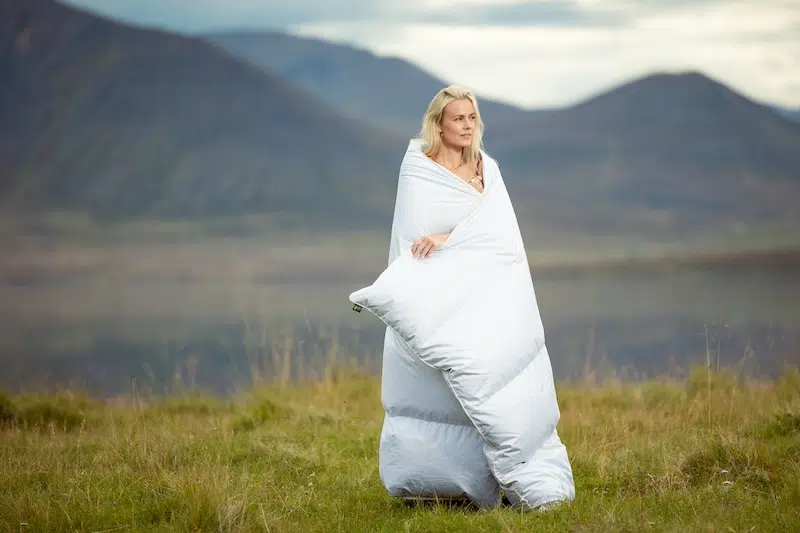Based in northern Iceland’s rugged Troll Peninsula, Icelandic Eider was founded in 2019. It is based on a well-established legacy of 80 years of a family business. Eiderdown has been gathered in the area by the locals since 1860. About 4.500 eider ducks nest in sanctuaries in the Troll peninsula. Eiderdown is the soft, warm underlayer of feathers from the Common Eider Duck, renowned for its insulation qualities. Iceland contributes around 80% of the global yield of this material. Eiderdown is naturally hydrophobic and characterized by a unique hook-like structure. This ensures superior insulation, durability, and longevity compared to other down.
Subscribe to my free and exclusive newsletter for discount codes that will give you savings on 150 Iceland tours and travel services.
Subscribe to the Stuck in Iceland newsletterReceive exclusive promo codes for tours, car rental, camper van rental, and outdoor clothing rental. Get occasional updates about new content. I will never give your data to a third party without consent.
Please also check out my list of curated tours here in Iceland.
Thank you
Jon Heidar, Editor of Stuck in Iceland Travel Magazine

Working hard to bring you state-of-the-art insulation
Gathering eiderdown is labor-intensive, with 65 person-hours required for each kilogram (or two pounds). Icelandic Eider employs a state-of-the-art facility powered by renewable geothermal and hydropower energy to dry, clean, and prepare the down meticulously. All products are created in-house and undergo stringent annual testing by The International Down and Feather Testing Laboratory.
Meet the footballer turned Eiderdown caretaker
In 2017, former football player Árni Rúnar Örvarsson, now the Managing Director of Icelandic Eider, was sidelined by injury. He stumbled upon the 1,200-year-old Icelandic eiderdown industry through his parents-in-law, and it captured his imagination. I wanted to hear more about this unique natural material, the premier luxury product Iceland produces. Eiderdown duvets are, for example, heirlooms in some Icelandic families. So I contacted Árni Rúnar, and he was up for an interview.
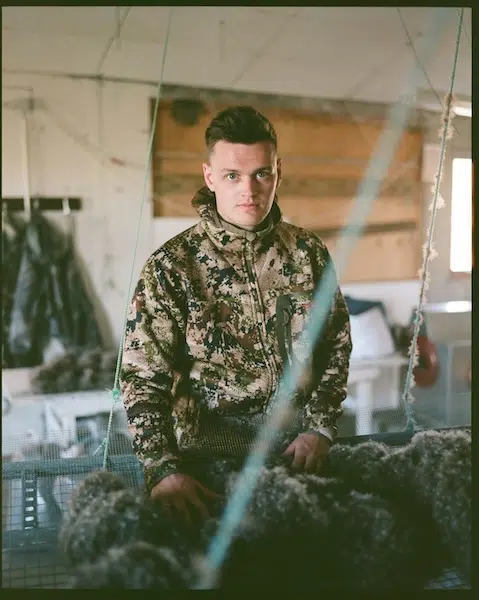
Hey, Árni Rúnar, thank you for taking the time for this interview. What is the eiderdown gathering process?
Our eider ducks start nesting at the end of April each year. Before they do, we go around the whole sanctuary to prepare their nests and make new ones. We also ensure that our fox fence fends off predators that prey on our eiders and their eggs.
Eiderdown growers provide the Eider with safety from predators.
The common eider duck seeks protection from predators, and they know that nesting close to humans gives them the protection they need. When our eiders start nesting, they will naturally moult their eiderdown, which they have used to keep warm during the winter. The eiderdown is so incredibly insulating that if they wouldn’t moult it, it wouldn’t allow them to radiate their body warmth to their eggs, and therefore, the eggs wouldn’t brood. It is a common misunderstanding that the eiders use the down to keep their eggs warm when, in fact, it’s the duck herself.
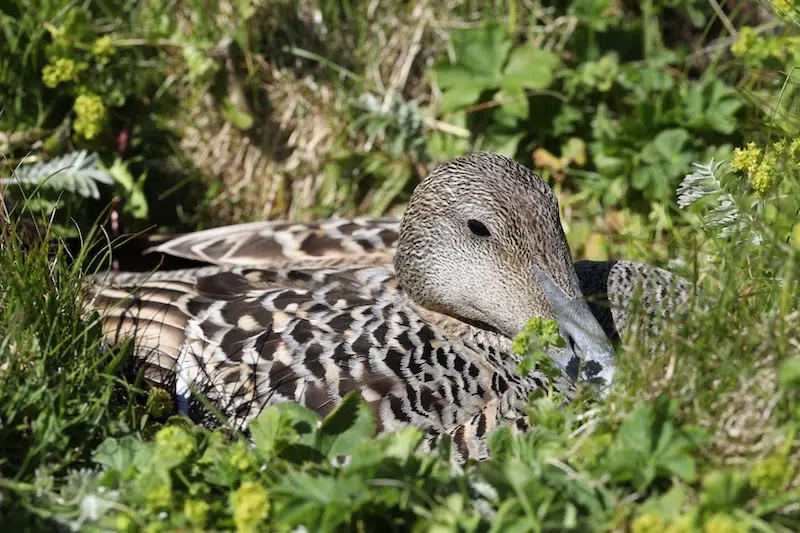
Happy ducks
Our ducks lay on their eggs for 25-30 days. Just before the ducklings hatch, we gather the eiderdown from their nests. As you can see on our Instagram account, the ducks are incredibly calm during this process. This process does not affect the ducks, their eggs, or ducklings, as demonstrated by this case study by the University of Iceland.
What distinguishes Icelandic eiderdown from other down materials regarding quality and performance?
Eiderdown is one of the world’s most insulating materials and the most insulating down. Being so insulating also means that you need less eiderdown than you would of other types of down. This results in lighter duvets and outdoor products.
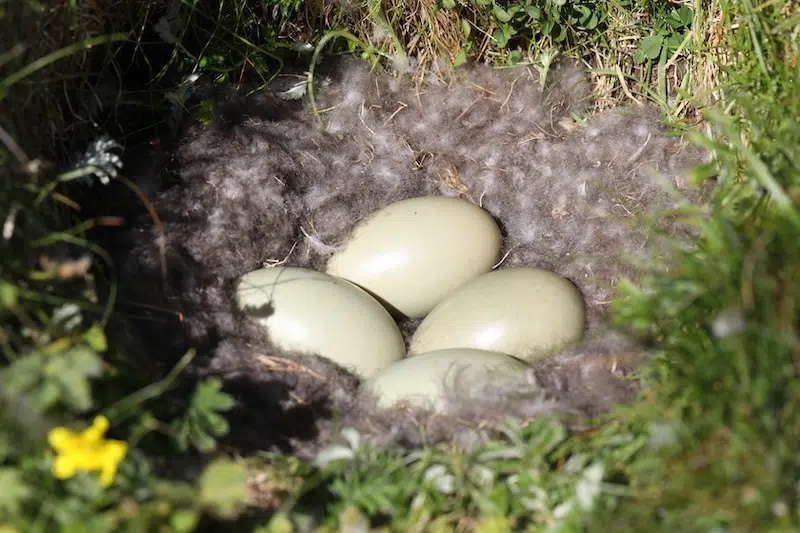
Eiderdown is also the world’s most sustainable down. No ducks are killed in the process. They are wild and free to come and go as they please.
Icelandic Eiderdown duvets are famously passed down as heirlooms. This is a good reflection on the incredible durability of eiderdown compared to other types of down.
What is the biggest challenge Icelandic eiderdown producers now face?
The biggest challenge is that Eiderdown is categorized as down. Eiderdown shares little to nothing with all other types of down apart from the fact that it comes from a bird. In every other aspect, it is entirely different.
Global warming is the biggest threat we face as warmer seas mean changes in food supply, and if there is no food, the ducks can not lay eggs.
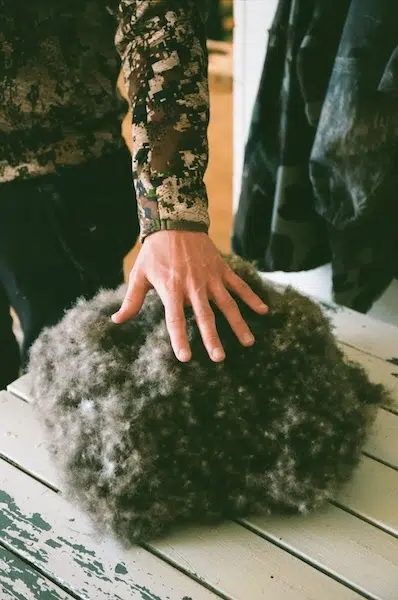
In your view, how does the tradition of eiderdown harvesting reflect Icelandic culture and heritage?
The resilience of the eider ducks and their ability to stay year-round in Iceland reflects the Icelandic people and how they survived in this harsh climate for centuries using, for example, eiderdown to insulate from the cold and stay alive.
Still, to this day, there are around 300-400 eider sanctuaries in Iceland where people take care of these ducks and give them a safe place to nest. Everyone involved takes great pride in their work with the ducks. If you are lucky enough to be in an eider sanctuary, take a moment, listen, and take it all in. It will give you a better idea of what this means to Icelandic culture than written words.
What is the demand like for Icelandic eiderdown products internationally?
Demand for eiderdown products is always high. The annual supply of eiderdown in Iceland is around 2.500 kilograms. This is about 75% of the world’s yearly eiderdown supply. The world’s annual diamond harvest is ten times that of the supply of eiderdown, excluding laboratory-made diamonds.
What advice do you have for buying eiderdown duvets or outdoor clothing for the first time?
I encourage anyone purchasing an eiderdown product to purchase from Icelandic vendors. Most of the eiderdown from Iceland is exported. However, large companies make eiderdown duvets and sell them at 1.000% – 2.000% markups. By choosing an Icelandic vendor for your eiderdown duvets or outdoor clothing, you are buying local from the people who took care of the ducks that your eiderdown came from. You get the whole story behind the incredible labor in making your bespoke eiderdown product. This creates a unique emotional connection to the entire process. Your product will be an even bigger reflection of that process.
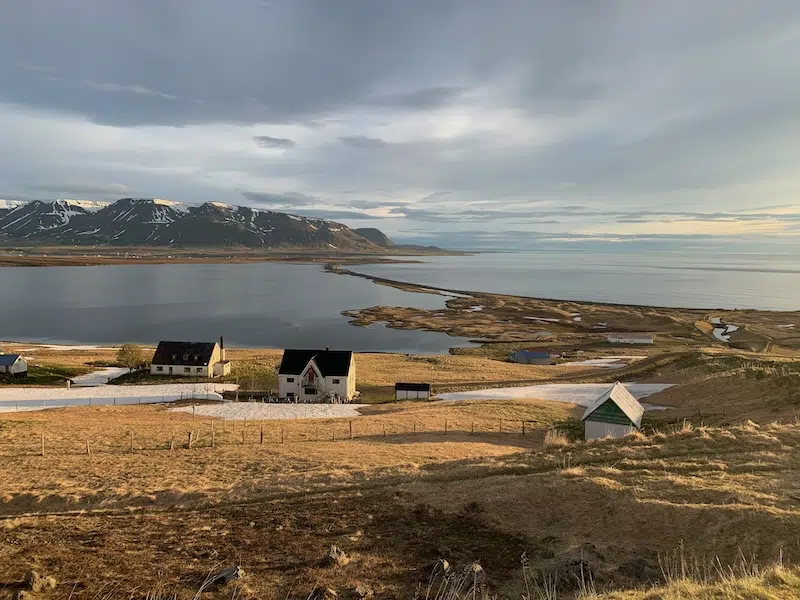
What are your favorite places or activities in Iceland?
Top of my list would be the Fljótin Valley and the Troll Peninsula in Iceland, where our sanctuaries are. The areas are notoriously snow-heavy in winter but equally green and calm in the summer. If you are ever in Iceland, get off the ring road for the loop around the Troll Peninsula, trust me!
What tips do you have for those visiting Iceland for the first time?
If you want to experience the real Iceland, get off the Ring Road. Go the road less traveled. Don’t read the stale tourist guides, go down to the harbor in a small, remote fishing village and soak it all in, eat “grjónagrautur” and “slátur” with locals and, the most Icelandic thing on my list, start awkward conversations with strangers about the weather.
If you only see the Golden Circle, I’m afraid you haven’t been to Iceland.


